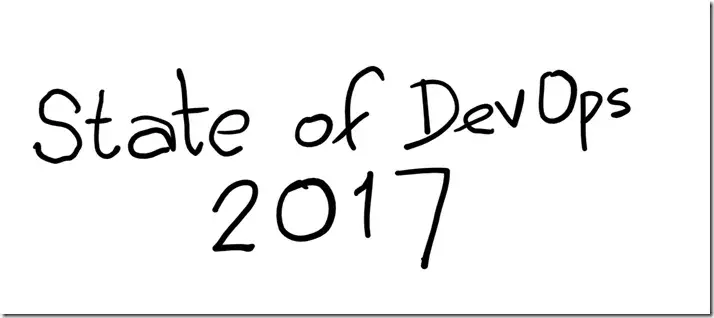It is always good to learn from others, particularly if the sources are from across industries – as they trigger ideas to apply in our own work areas. While this is one such learning from the IT industry, The latest State of DevOps report for 2017 offers thoughts that can be applied at team level or organization levels as well.
Over the years this report has been getting better in terms of the depth and also the analysis.
Some highlights from the report this year are significant from an organizational maturity and transformation perspective.
The report talks of five common characteristics shared by transformational leaders that have been correlated to high performing teams and organizations. These include
* Vision
* Inspirational Communication
* Intellectual Stimulation
* Supportive Leadership and
* Personal Recognition
From my experience with various transformational and organizational excellence initiatives across multiple industries, this is a common success factor. Setting a clear vision and mission and letting the teams take up ownership detail out execution strategies creates a sustainable transformation.
The report also talks of the applicability of DevOps approaches – which can trace their origins to principles of Lean and Theory of Constraints models – is not only for the Unicorns, but for all organizations, including ones that have not-so-modern technologies deployed.
Since Lean approaches have been proven in manufacturing companies there are enough examples and patterns that we can adopt in the IT industry context.
The power of autonomy and ownership at a team level are also indicated in the report where one can see a correlation of loosely coupled, autonomous teams that work together with stable, continuous delivery practices.
I want to also highlight the importance of architecture to really derive the benefits of a DevOps transformation. It is no longer sufficient to adopt some tools for automating specific tasks of the software delivery lifecycle, but also the core of the enterprise and application architectures.
This reinforces the approach that I had talked about in an earlier post.
In summary, this is a well made report that is easy to read and understand.
Even if you have not started your DevOps journey yet, this will be a very useful read!





